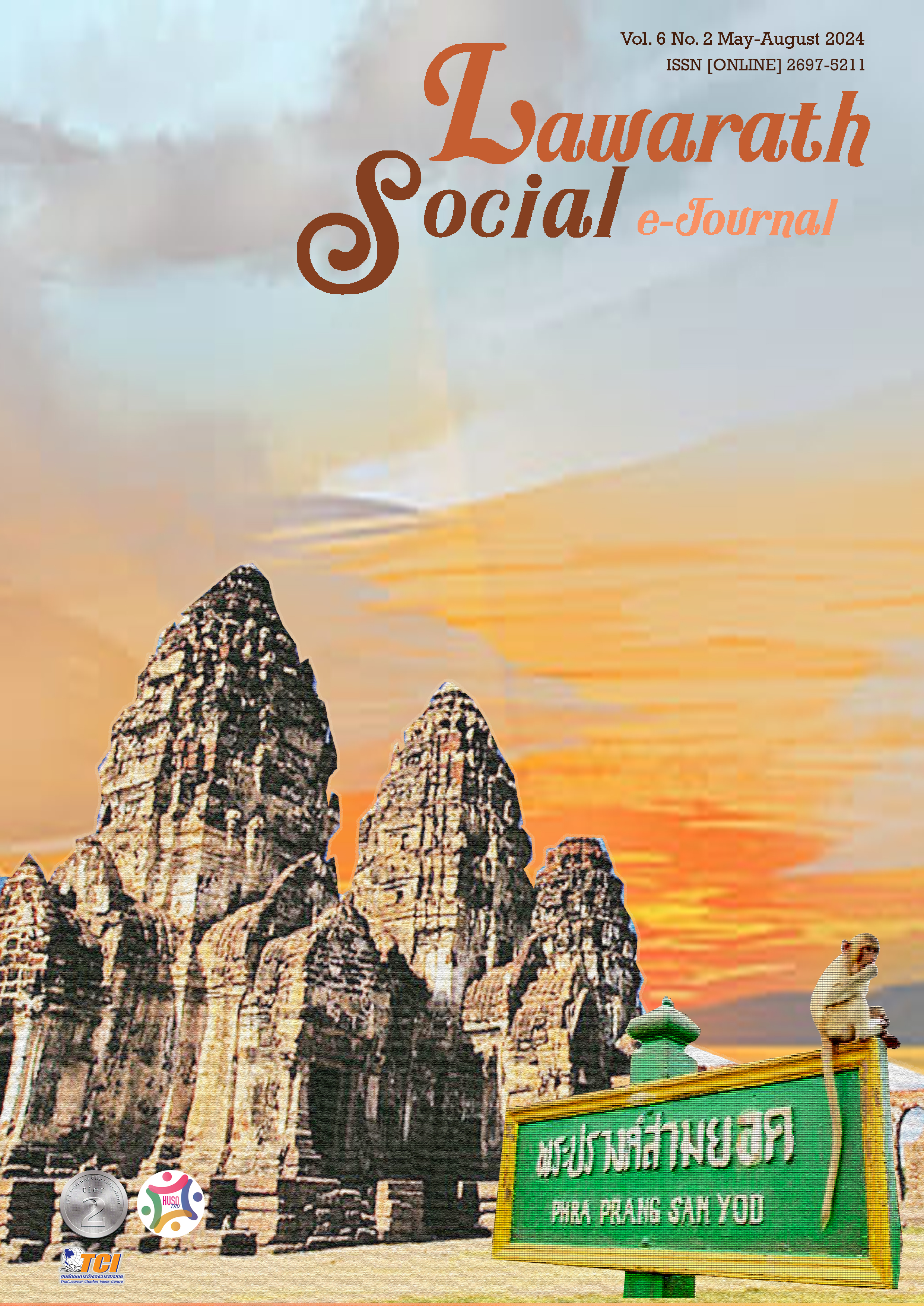Research Status, Hot Areas and Development Suggestions of the Research on Chinese Science Fiction in the Perspective of Bibliometrics
คำสำคัญ:
Chinese Science Fiction, Research Status, Hot Areas, Development Suggestions, Bibliometricsบทคัดย่อ
This paper adopts bibliometrics method, analyzes with the help of CiteSpace software and CNKI database's own metrological analysis function, combs the current research status of Chinese science fiction, summarizes the hot research contents of Chinese science fiction research, and puts forward some suggestions for the future research of Chinese science fiction. It is found that since 1995, the number of papers published in Chinese science fiction research journals has been increasing year by year, with occasional decline in the middle. The rapid development stage of Chinese science fiction research has been greatly influenced by Chinese science fiction writer Liu Cixin and his famous works.It is found that since 1995, the number of papers published on Chinese science fiction research in the journals has been increasing year by year, with occasional decline in the middle. The rapid development stage of Chinese science fiction research has been greatly influenced by Chinese science fiction writer Liu Cixin and his famous works. This research field has formed five core journals, four high-yield core authors and five hot research contents. In the future, Chinese science fiction research has certain expansion space and development potential in the aspects of continuous driving force of follow-up development, cooperative research between scholars and institutions, broadening research horizons and going out of Chinese science fiction.
Downloads
เอกสารอ้างอิง
Crane, D. (1972). Invisible College. Chicago: University of Chicago.
Fang, Z. (2022, February). On the Study Feature of Chinese Science Fiction in the 21 Century. Journal of Jianghan Tribune, 23(2), 104-109.
Gao, Y., &Jin, S., &Liu, H. (2022, January). Knowledge Mapping and Emerging Trends of in Chinese Sci-fi Research (2000-2020): A Cite Space Visual Analysis Based on CSSCI and PKU Core Journal Database. Journal of Science Writing Review, 22(01), 67-77.
Hou, J. (2009). Visual Analysis of Evolution and Research Fronts of Business Management. Doctoral dissertation, Dalian University of Technology.
Jing, K. (2022, January). Review and Rethinking on the Study of Chinese Science Fiction in Recent Ten Years. Journal of Dynamics of Social Science, 6(1), 94-99.
Li, B., Guo, S., &Li, H. (2022, February). Review and Prospect of Chinese Character Teaching Research in International Chinese Education--Based on Bibliometrics Perspective. Journal of Yunnan Normal University (Teaching & Studying Chinese as a Foreign Language Edition), 20(02), 11-21.
Qiu, J. (2019). Bibliometrics. Beijing: Science Press.
Wang, X., &Liu, Y. (2015, June). Science Fiction Translation in China: Retrospect and Prospect. Chinese Translators Journal, 36(06), 28-33+128.
Wang, Y. (2022, April). Review, Reflection and Prospect of English Translation and Introduction of Modern and Contemporary Chinese Science Fiction. Journal of Tianshui Normal University, 42(4), 8-15.
Wu, Y. (2010, June). The Chinese Interpretation of Science Fiction. Journal of Southern Cultural Forum, 23(6), 25-27.
Zou, W. (2021, December). Review and Prospects of Yi Language Study in China (1992-2021): A Bibliometrics Analysis Based on Cite Space. Journal of Ethnology, (10), 106-114+130.
ดาวน์โหลด
เผยแพร่แล้ว
รูปแบบการอ้างอิง
ฉบับ
ประเภทบทความ
สัญญาอนุญาต

อนุญาตภายใต้เงื่อนไข Creative Commons Attribution-NonCommercial-NoDerivatives 4.0 International License.



